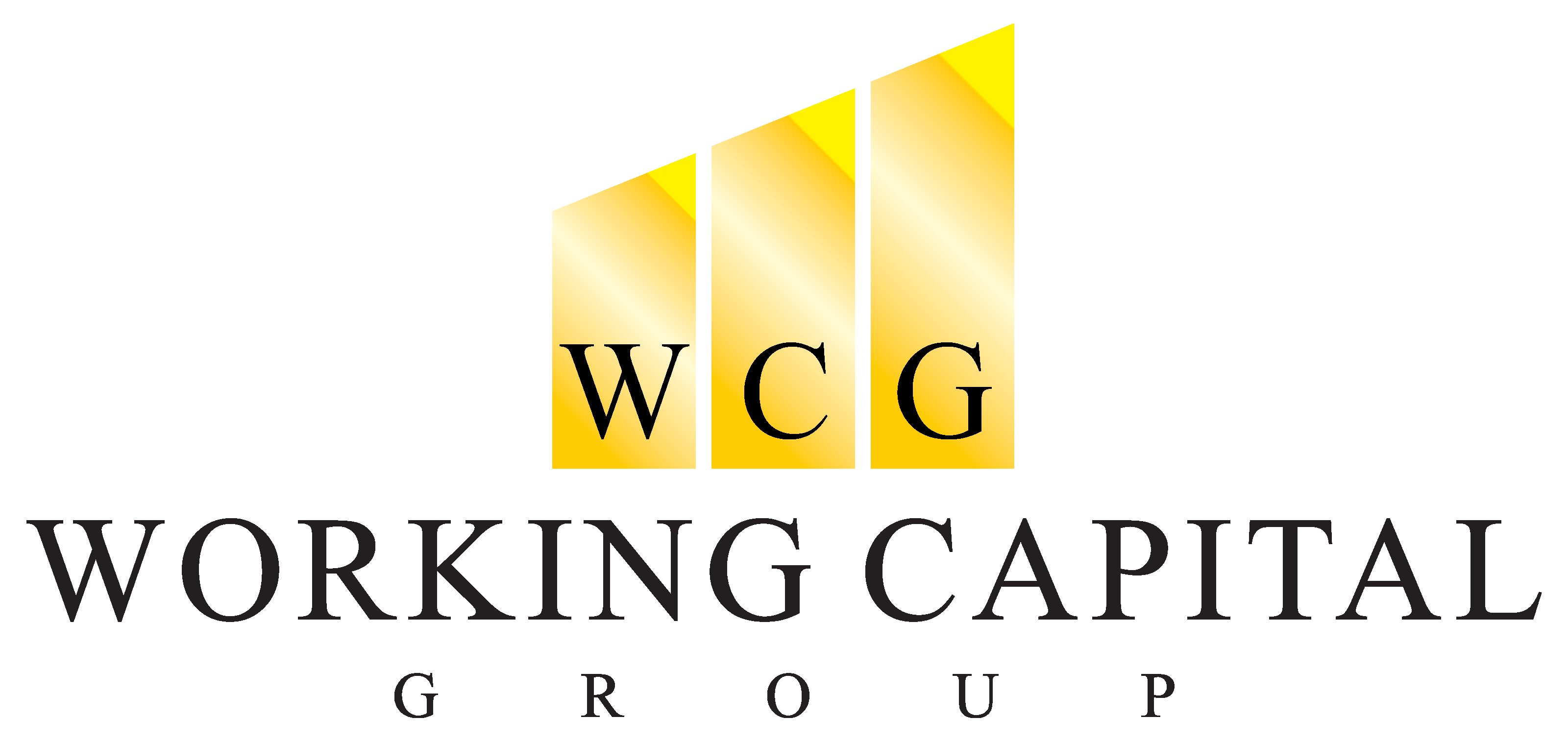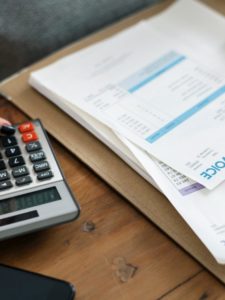Small Business 101 - Understanding Financial Statements
In my 12 years working as a business advisor for the Vermont Small Business Development Center, I have found that there is one absolute truth: the majority of hard-working, small business owners do not know how to leverage their financial information to make their businesses more profitable. If you are a member of this hard-working majority, you can begin improving the profitability of your business by taking one simple step: understanding your financial statements.
Start with a digital bookkeeping system
Every small business owner should have a digital bookkeeping system in place (think QuickBooks or Wave), properly set up by a professional, and updated at least weekly. Data input can be done by the owner, a trusted and qualified employee, or a professional bookkeeper but accuracy is paramount. If your business does not have a digital bookkeeping system in place, stop reading now and call an accountant or qualified bookkeeper.
If your business has this system in place and functioning properly, it can and will produce two fundamental financial statements: the income statement and the balance sheet. These statements allow you to review, evaluate, and make important decisions about the direction of your business. Below is a brief and basic explanation of what each provides and how it can help you manage your business:
Review your income statement
Also known as the “Profit & Loss,” the income statement provides information about the results (profitability) of the operations of your business over a specific period of time. Key categories of information found on this report are sales, cost of goods sold, operating costs, and net profit.
From this statement, you can extract basic information such as
If you uncover less than desirable results during your review of the statement, you can take a deeper dive into the specific problem areas of your business to determine the root cause of the problem so corrections can be made.
Understand your balance sheet
The balance sheet is a snapshot of the financial condition of your business at any particular point in time. It outlines what the business owns (assets) vs. what it owes (liabilities). The difference between the two (assets minus liabilities) is called equity. Ideally, the business has more assets than liabilities and that gap widens over time, providing you with more equity in the business. The more equity you have in the business, the more valuable it has likely become.
Useful information provided by the balance sheet includes how much cash, accounts receivable, and inventory your business has on hand (owns) at a particular point in time. These are called current assets because they can be turned into cash in a relatively short period of time. The greater amount of current assets your business has, the easier it is to operate efficiently and less expensively.
Conversely, current liabilities are short-term liabilities that the business owes, such as monthly operating costs the business has been billed for, or short term notes or lines of credit that are due. The greater the difference between your current assets and current liabilities is, the healthier, or more “liquid” your business is.
A business also has other assets it owns, which are called fixed assets. These assets can be equipment, machinery, vehicles, furniture, fixtures, or other tangible assets such as real estate. These assets are critical to providing products and/or services to customers. The business accounts for them in the fixed assets section of the balance sheet.
Long-term liabilities are obligations the business has to outside parties that will take longer than one year to pay off. These liabilities are usually business loans that have been secured to finance the purchase of the fixed assets and are reduced as the business makes payments to the lenders. As liabilities are reduced on the balance sheet, equity increases.
The truly critical information to immediate business operations are the current assets and current liabilities. A weekly review, at a minimum, of the balance sheet will help you determine if the liquidity of your business is increasing or decreasing. (Remember, you want the gap between these two to widen for greater liquidity and cash flow.)
It is in every business owner’s best interest to become as financially savvy as possible. Aside from marketing and business development, finances are the most important function in your business. Classes, workshops, web sites, and business advisors are all valuable sources of information to help you improve your knowledge in this topic.
As always, check with your personal accountant.
This content was originally published here.



